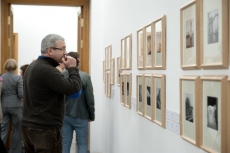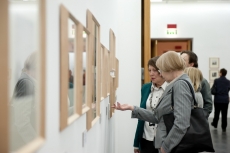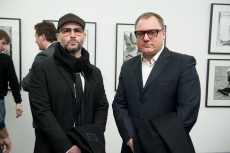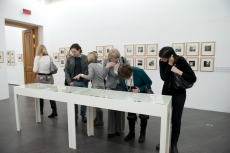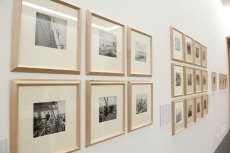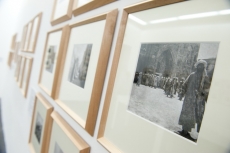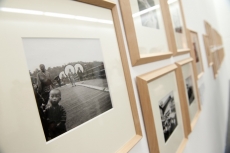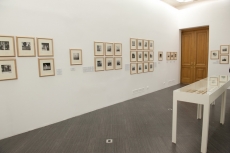Story of an Era. Photographs of the princess Anna Maria Borghese
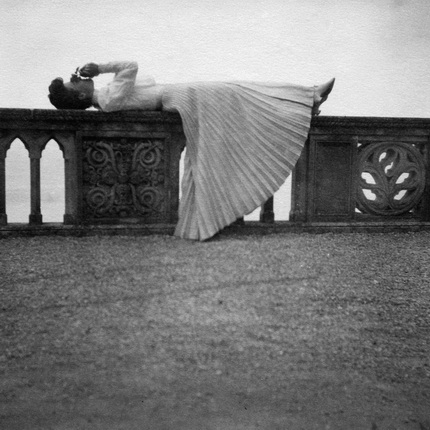

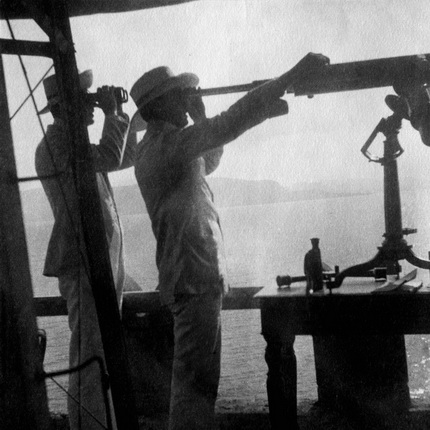
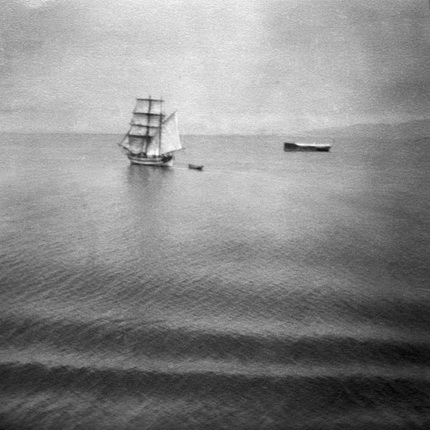
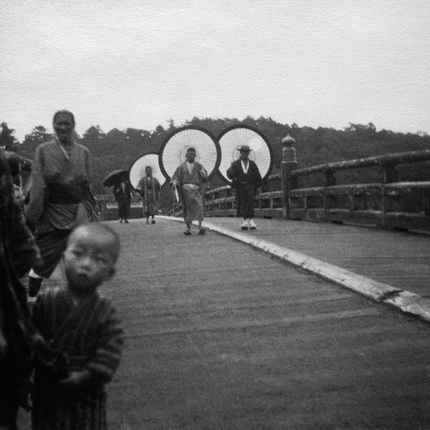

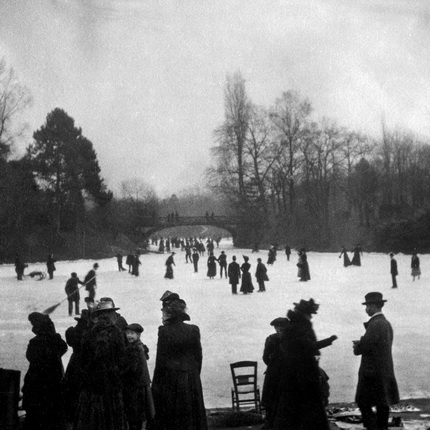
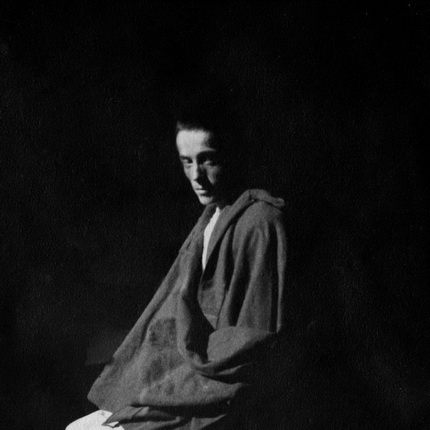
Anna Maria Borghese. Nora Balzani. Isola del Garda. 1907. Modern digital print. Novello Cavazza collection, Rome
Anna Maria Borghese. August, 1898. The Voyage to Turkey. 1898. Modern digital print. Novello Cavazza collection, Rome
Anna Maria Borghese. The Island on Lake Garda. 1906. Modern digital print. Novello Cavazza collection, Rome
Anna Maria Borghese. Sea of Marmara. The Voyage to Turkey. 1898. Modern digital print. Novello Cavazza collection, Rome
Anna Maria Borghese. A Bridge in Yamada. Yamada. 1907. Modern digital print. Novello Cavazza collection, Rome
Anna Maria Borghese. Avezzano. 1915. Modern digital print. Novello Cavazza collection, Rome
Anna Maria Borghese Bois de Boulogne. Paris. 1900–1902. Modern digital print. Novello Cavazza collection, Rome
Anna Maria Borghese. Giovannino. Field Hospital. 1915–1916. Modern digital print. Novello Cavazza collection, Rome
Moscow, 15.03.2013—12.05.2013
exhibition is over
Ekaterina Cultural Foundation
21/5 Kuznetsky Most, porch 8, entrance from Bolshaya Lubyanka street (
opening hours: 11:00 - 20:00, day off - Monday.
Tel: +7 (495) 621-55-22
Share with friends
Curators: Maria Francesca Bonetti, Mario Peliti
For the press
These albums have never been published by anybody. They are carefully kept in the family archive. This body of photography counts 8,000 shots. They are chronologically systematized, and each has a date and the necessary annotation compiled by the princess herself. She is the author of practically all photographs, with the exception of few shots, which might have been made by her husband Scipione.
This material is of immense interest due to its freshness and freedom, spontaneous composition and lack of staging. The photographs were made by the Kodak small-format amateur camera of 1898 (No. 2 Bulls-Eye Special, 3½x3½" format). They reveal intense curiosity, and not in respect to the photographer herself, but also to everybody around her, all the uncountable people that passed in front of her and her spouse during their adventurous ravels (in Russia, Turkey, Egypt, Persia, Uzbekistan, Afghanistan, China, Japan). They ring with the honest attitude of the author to herself and to her time. The princess who was a nurse during WWI observed it almost from the front line. Her shots, which are sometimes straightforward, even plain, impartially record facts. And sometimes these are dramatic facts, like the 1915 Avezzano earthquake or the work to restore Messina (1913) after the quake destroyed the city in 1908.
The photographs reveal a private opinion, a view upon the world, which is aristocratic, extremely personal and close in their emotional attitude to the works of her famous contemporaries Francesco Chigi, or brothers Giuseppe and Luigi Primoli, recognized stars in the photographic history of the Italian capital.
Priceless evidence of the epoch, where the intimacy of home life in the stories about the people and events of family life are merged with the mature and emotionally intense skill to record a person, a situation and an event that would obviously resonate in the society in the photograph of a face.
This material of doubtless historical and photographic value, as it often happens with famous «amateurs», is so rich in meanings that, unwillingly, it goes beyond the limits of private life and comes close to photojournalism.



